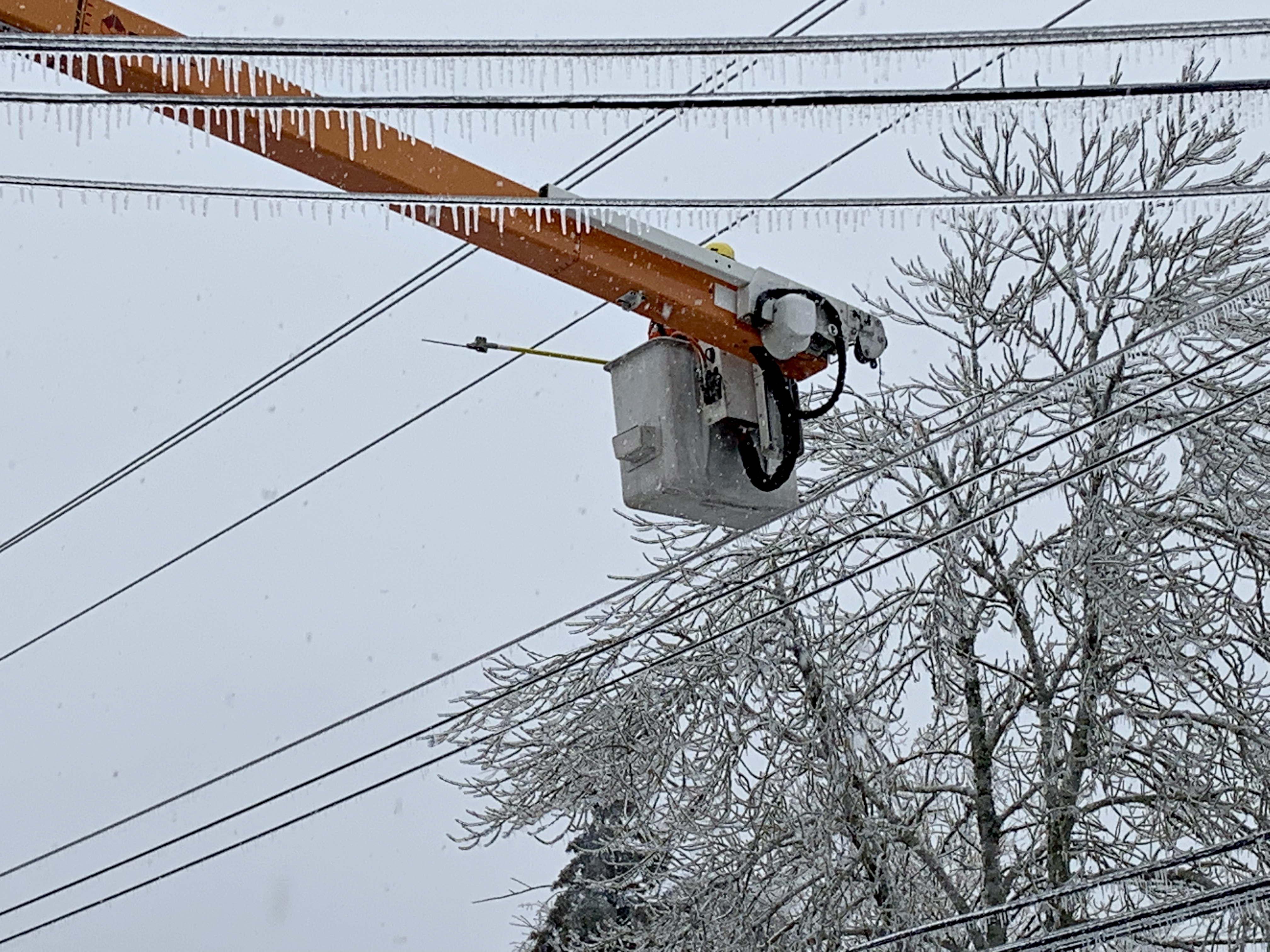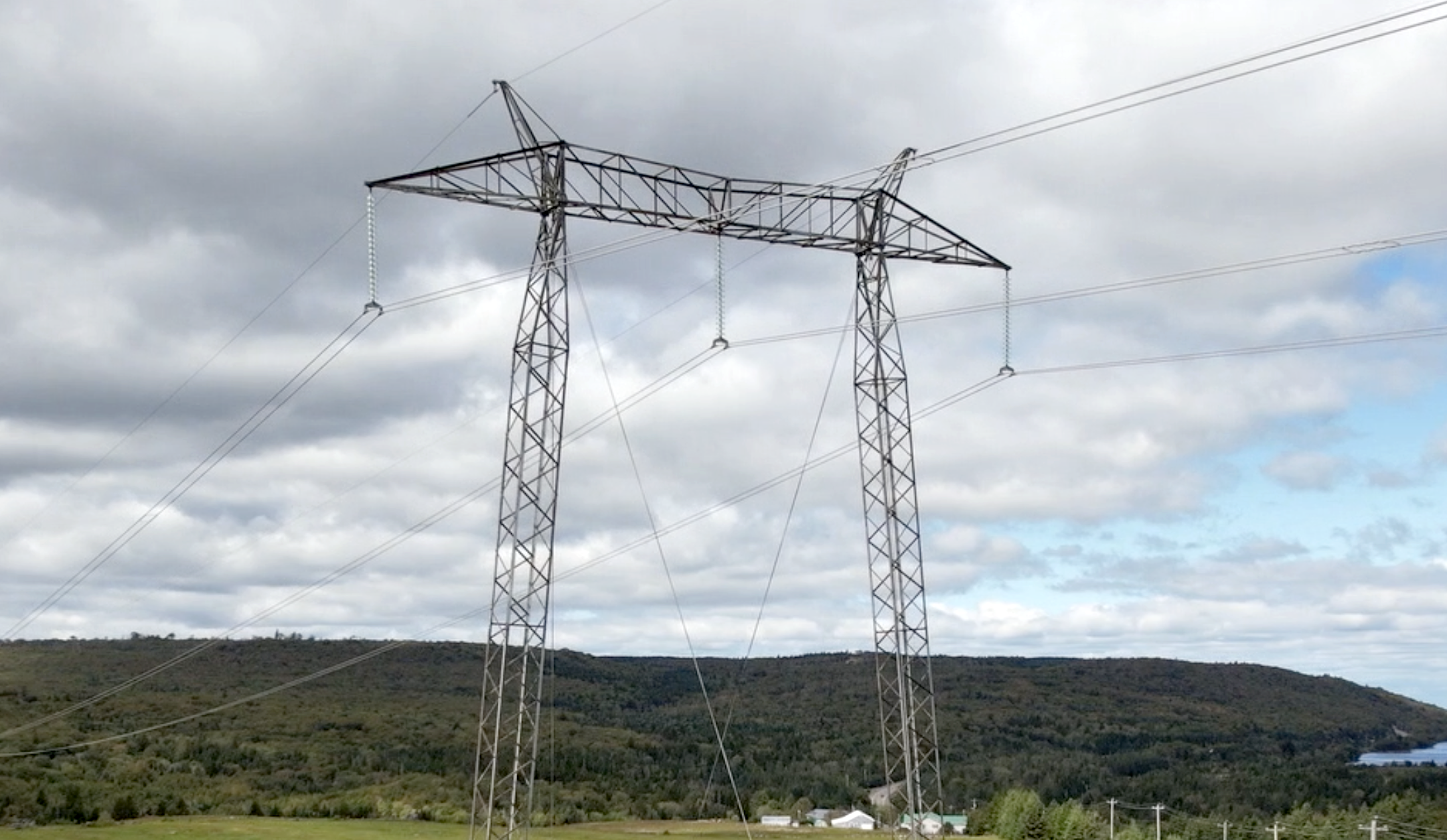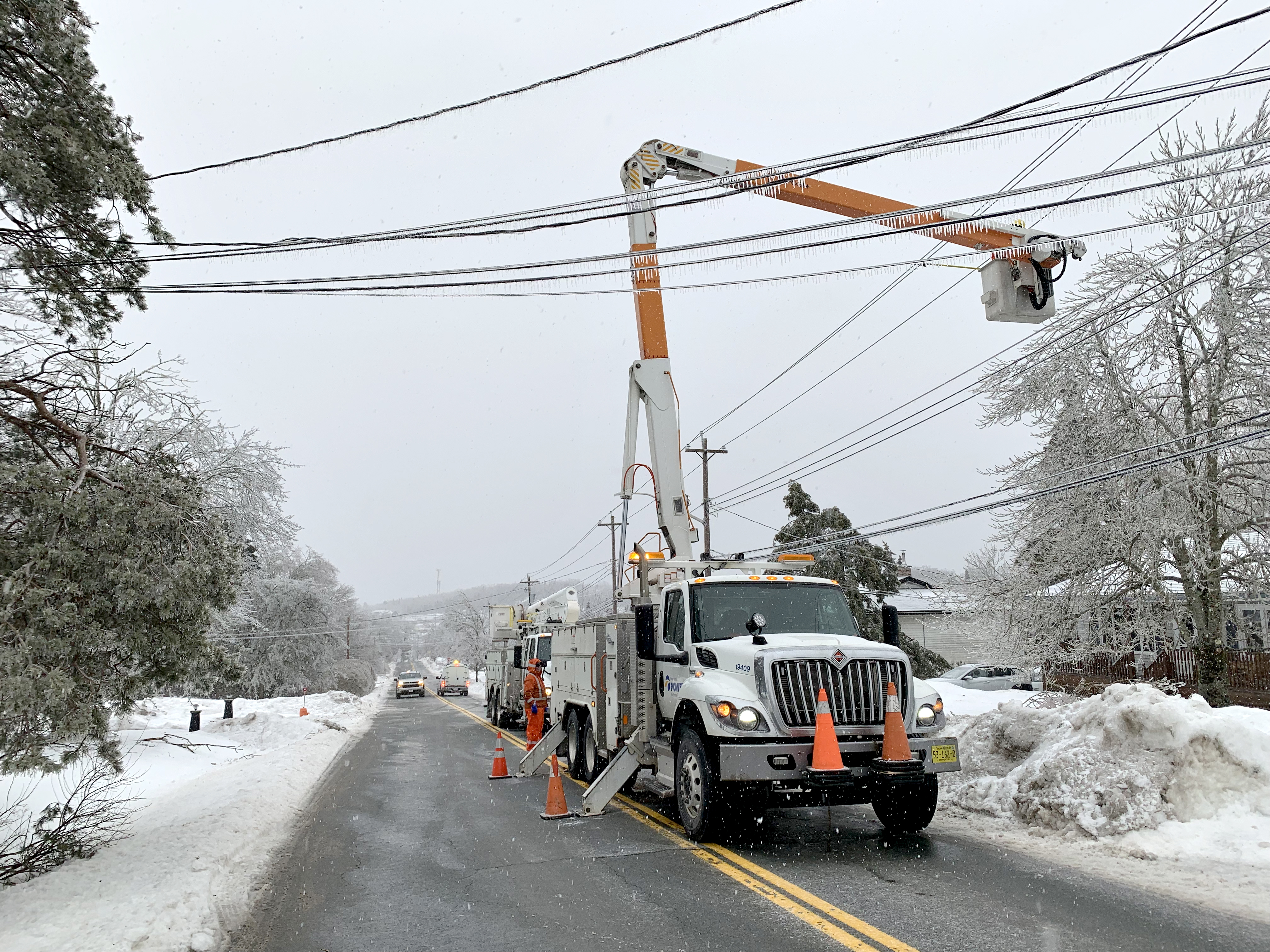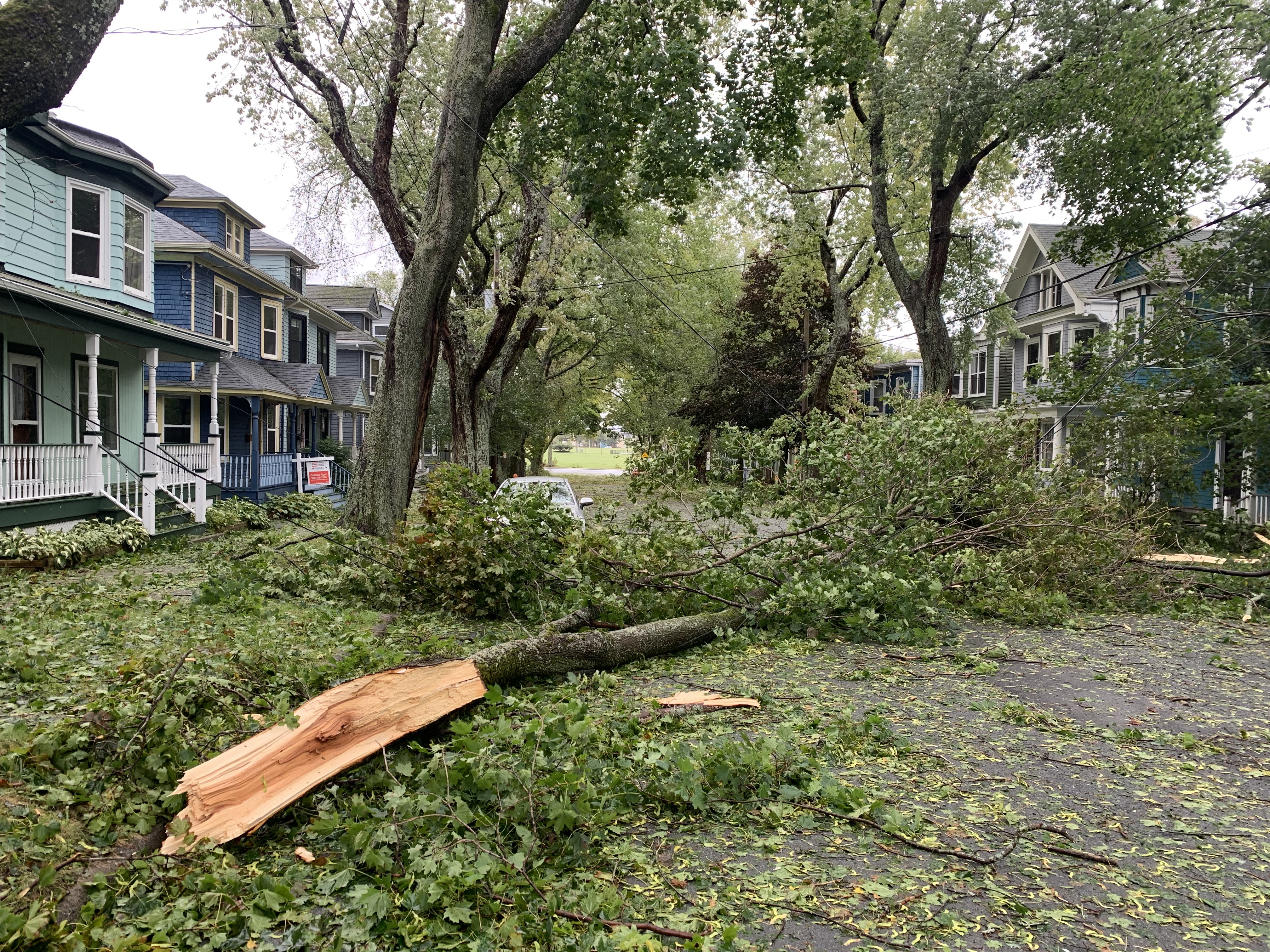What to expect this winter storm season and how to stay prepared
A new year has arrived—and so has winter storm season. 2022 came to a close with one final storm, capping off a year that included Hurricane Fiona and eight back-to-back winter storms.
And while we’re hoping that we’ll make it through this storm season without those high winds, freezing rain, or feet of snow, we also know that wild weather is part of life in Nova Scotia. It’s why our crews work year-round to trim trees, strengthen our equipment, and minimize the impact storms and severe weather can cause.
Because the best way to make it through winter is to stay prepared. And we want to help you stay storm ready, too.
We chatted with Bob Robichaud, Warning Preparedness Meteorologist with Environment and Climate Change Canada, and Jason Mew, Incident Management Director at the Nova Scotia Emergency Management Office. They shared tips for staying safe when severe weather is on the way, along with some predictions for this year’s winter weather.

Our 2023 winter forecast
While it’s not possible to know exactly what Mother Nature has in store for us this winter, Bob anticipates that there could be some storms in the forecast.
“What we’re seeing is above average temperatures for January and February,” he says. “This is good news for those of us that don’t like cold weather, but it can also bring challenges. Warmer winter temperatures can mean more episodes where snow changes over to rain—and that can result in more frequent occurrences of ice pellets or freezing rain during the changeover process.”
Bob advises Nova Scotians to check weather reports frequently this winter, especially leading up to a storm.
“Our weather can shift quickly, and a temperature change of even half a degree can make a big impact,” he says. “One day the forecast might call for rain, but with a slight temperature shift, that rain can turn into an ice storm.”
Keeping an eye on the forecast can help you make the best decisions as you’re preparing for a storm, including knowing when to stay off the roads.
At NS Power, we’re always watching the weather—and when we see a major storm making its way towards us, we bring our Emergency Operations Centre (EOC) team together. The EOC is the nerve centre for outage restoration planning and response. Through consistent monitoring of weather reports, and by using a damage prediction tool and scenario planning model, we can estimate the potential impact of an incoming storm. This enables us to put the best possible plan together and mobilize our crews to respond.
Preparing your storm plan
While you might not be opening an Emergency Operations Centre in your home, you should still have a storm plan. Jason Mew recommends that every household have an emergency plan that lists all your critical information in one place—from emergency contacts to medications and any special health needs. You can find templates to help get you started through the Red Cross or the Government of Canada.
In addition to an emergency plan, Jason tells us now is the right time to build a winter-ready emergency kit for your home.
“Start with essentials like a first aid kit, fresh water, food, and a list of any medications you’ll need,” he says.
“Then think about the necessities you’ll want to have if you lose power or get stuck in your home during a winter storm. Every family’s emergency kit will be a little different, but you’ll want to pack a flashlight and batteries and warm layers of clothing.”
“Talk with your loved ones about what you’ll need if you experience a power outage this winter. Maybe you work from home and having a power bank to charge your devices is a priority, or maybe you’ll want to keep your family entertained with cards and board games. Don’t forget supplies for your pets, too! Personalize your kit with what you need to stay comfortable.”
As you’re packing up your kit, Jason also suggests tracking the websites and phone numbers you’ll need to get critical information during a storm.
“Bookmark the Nova Scotia Power outage map and know where to get reliable weather information, like Environment and Climate Change Canada,” he says. “Your municipality’s website and social media channels will also have important information—like a list of comfort centres in your area that offer a space to warm up and charge your phone during an outage. You should also remember to monitor local media and check 511 Nova Scotia for road conditions.”

Ready, set, storm
Jason’s rule of thumb leading up to a storm is to always plan for the weather and damage to be worse than predicted.
“It’s better to be overprepared,” he says. “Stock up for a larger storm with food, water, medications, and enough canned goods to get you through a few days. This can help reduce stress if the storm impacts are worse than anticipated. Just be sure to change out the food, water, and medications in your kit regularly.”
Jason also reminds us not to forget about our vehicles. “Pack a shovel, booster cables, warm clothes, and extra sand—just in case you get stuck while driving.”
And while having an emergency kit for your car is just as important as your home, Jason stresses that the best advice during a winter storm is to stay off the roads.
“Car accidents are the most common cause of deaths in winter storms”, he says. “Stay inside if you can and avoid driving.”
Winter power restoration
The unfortunate reality of storm season is that extreme weather like high wind and snow can cause power outages. Heavy snow and ice can build up on trees and branches, weighing them down onto our powerlines and electrical equipment. Winds can also bring significant impacts, causing trees to fall on our lines.
The important thing to remember is that as soon as it’s safe to do so, our crews will be out there working to restore power.
During a major storm, we start by addressing public safety concerns, followed by our substations and main powerlines that bring electricity from power plants to our towns and cities. Then, we focus on critical infrastructure identified by the Nova Scotia Emergency Management Office like hospitals, nursing homes, fire, water, communications and other essential services. Next, we repair power lines that will restore power to the greatest number of customers in the least amount of time, including high density buildings or neighbourhoods. Once these repairs are made, crews restore power to smaller groups of customers and individuals.
So while it may take some time while we follow these restoration steps, with a storm plan and emergency kit in place, we hope you can stay comfortable as our crews work to safely restore power.
“Taking an hour to make an emergency plan and storm kit can go a long way,” says Jason. “Talk to your family, check out the great resources available online…and don’t forget the storm chips.”
Storm Preparation Resources
Share This Post:







